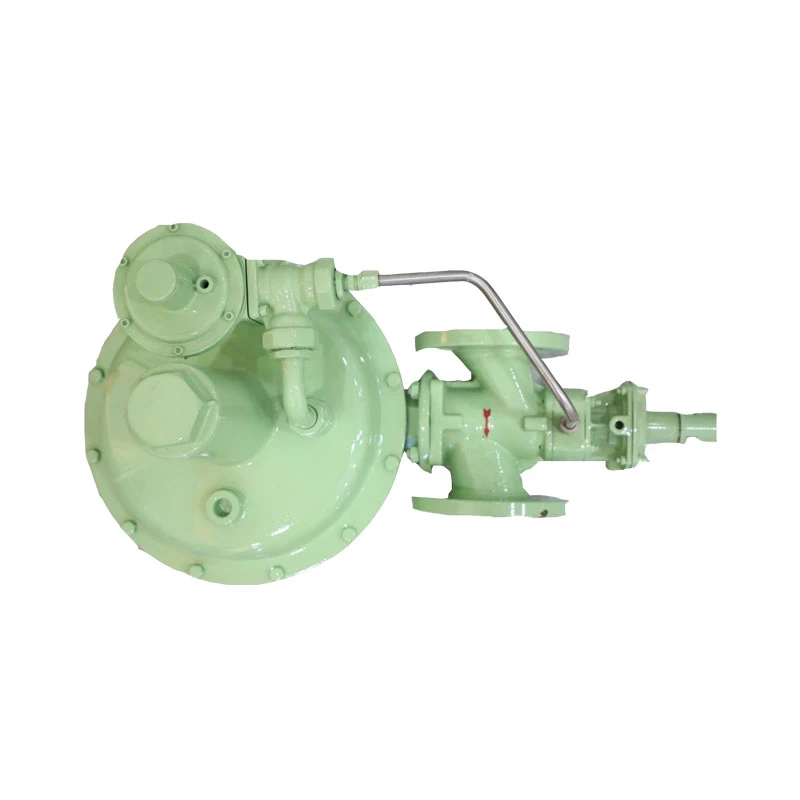
Oct . 19, 2024 02:04
Back to list
pressure regulating device
Pressure Regulating Devices An Overview
Pressure regulating devices play a crucial role in various industries and applications where the control of fluid pressure is essential for safety, efficiency, and performance. These devices are engineered to maintain pressure within set limits, thereby ensuring that equipment operates optimally and safely while minimizing the risk of accidents or failures.
At its core, a pressure regulating device, often referred to as a pressure regulator, serves the purpose of modulating the pressure of a gas or liquid within a system. They can be found in various applications, from simple household plumbing systems to complex industrial processes and natural gas distribution networks. These devices ensure that the pressure remains constant despite changes in flow rate or incoming pressure variations.
Types of Pressure Regulating Devices
There are several types of pressure regulating devices, each designed for specific applications and pressure ranges. The most common types include
1. Mechanical Pressure Regulators These devices use a diaphragm or piston mechanism to control the outlet pressure. They respond to pressure fluctuations by adjusting the flow of the medium, thereby maintaining a steady output pressure. Mechanical regulators are widely used in gas applications, including medical gas supply systems and industrial gas lines.
2. Electronic Pressure Regulators These advanced devices utilize electronic sensors and actuators to provide precise pressure control. They offer the advantage of faster response times and greater accuracy compared to mechanical regulators. Electronic regulators are often found in high-tech applications such as aerospace and semiconductor manufacturing.
3. Relief Valves While not traditional pressure regulators, relief valves are essential safety devices that prevent pressure buildup in confined systems. They automatically open when the pressure exceeds a pre-set limit, allowing excess fluid to escape and protecting the system from potential damage.
pressure regulating device

Applications of Pressure Regulating Devices
Pressure regulating devices are employed across a multitude of sectors, including
- Oil and Gas In the oil and gas industry, pressure regulators are critical to controlling the pressure of natural gas during transportation and distribution. They ensure safe delivery to consumers while preventing explosions and leaks.
- Water Supply Systems Municipal water systems use pressure regulating devices to maintain consistent water pressure for consumers. This prevents pipe bursts and ensures adequate flow rates during peak demand.
- HVAC Systems Heating, ventilation, and air conditioning systems rely on pressure regulators to maintain appropriate pressure levels for efficient operation. This not only improves system performance but also enhances energy efficiency.
Conclusion
In summary, pressure regulating devices are integral components in managing fluid pressure across various applications. Their ability to maintain consistent pressure not only enhances safety but also improves efficiency in numerous systems. As technology advances, the development of more sophisticated pressure regulators continues, promising enhanced performance and reliability in various industrial and domestic applications. Understanding and selecting the appropriate pressure regulating device is vital for ensuring operational integrity and safety in any system where pressure control is paramount.
Next:
Latest news
-
Safety Valve Spring-Loaded Design Overpressure ProtectionNewsJul.25,2025
-
Precision Voltage Regulator AC5 Accuracy Grade PerformanceNewsJul.25,2025
-
Natural Gas Pressure Regulating Skid Industrial Pipeline ApplicationsNewsJul.25,2025
-
Natural Gas Filter Stainless Steel Mesh Element DesignNewsJul.25,2025
-
Gas Pressure Regulator Valve Direct-Acting Spring-Loaded DesignNewsJul.25,2025
-
Decompression Equipment Multi-Stage Heat Exchange System DesignNewsJul.25,2025

